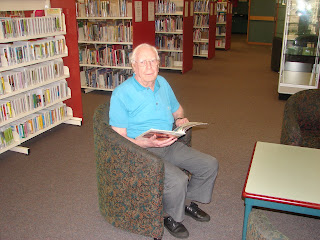In 1923 the New South Wales Department of Agriculture opened its very first veterinary research station on a small property at Macquarie Fields. The Glenfield Veterinary Research station would make a remarkable contribution to veterinary science and agriculture for almost 70 years.
The Research Station was established in recognition of the economic cost of disease in livestock and the need for a facility to conduct research centred on problems of importance to the cattle, sheep, poultry and pig industries. Perhaps most significantly, techniques for the artificial insemination of cattle were pioneered there.
Approval for the establishment of the veterinary institute was given in 1913, but the outbreak of WWI and the shortage of funds meant that implementation was delayed until 1916 when 45 hectares was purchased from the Ross Brothers’ Macquarie Fields property. On June 1, 1919 Dr Sydney Dodd was appointed Consulting Veterinary Pathologist and took charge of plans for the buildings and equipment necessary for the Station.
At the time of the buildings being constructed in 1920, Glenfield was a small village on the east side of the railway line. There was a railway station, some houses and a primary school. Farming was the main activity in the district and the Veterinary Station was the only development to the west of the railway.
 |
| Staff of the Glenfield Veterinary Research Station, 1923 (Photograph donated by Col Clissold) |
When the buildings were complete, Dr H. R. Seddon was appointed pathologist and the Glenfield Research Station was officially opened on November 2, 1923. The work of the station was not confined to animal health problems, research was carried out on animal husbandry and nutrition, drought feeding of sheep, artificial insemination of cattle and the control of noxious animals. Glenfield was also responsible for the development of a highly virulent strain of myxoma virus, (the “Glenfield Strain”), which proved invaluable to rabbit control throughout the continent. Glenfield will forever be synonymous with being the first to introduce the Myxomatosis virus to Australia for experimental purposes.
 |
| Glenfield Veterinary Research Station The Farmer and Settler (Sydney 1906-1955) 4 Sept 1925 |
In the early 1980s there were approaching problems at Glenfield from urbanisation and the need for improved laboratory facilities, it was decided to move the Station to land at Camden purchased by the NSW Government that had once been part of the Camden Park Estate, the site of early Agricultural development in Australia by John Macarthur and his family. Staff, equipment and livestock were transferred to the new Elizabeth Macarthur Agricultural Institute between 1989 and 1990.
Written by Samantha Stevenson

